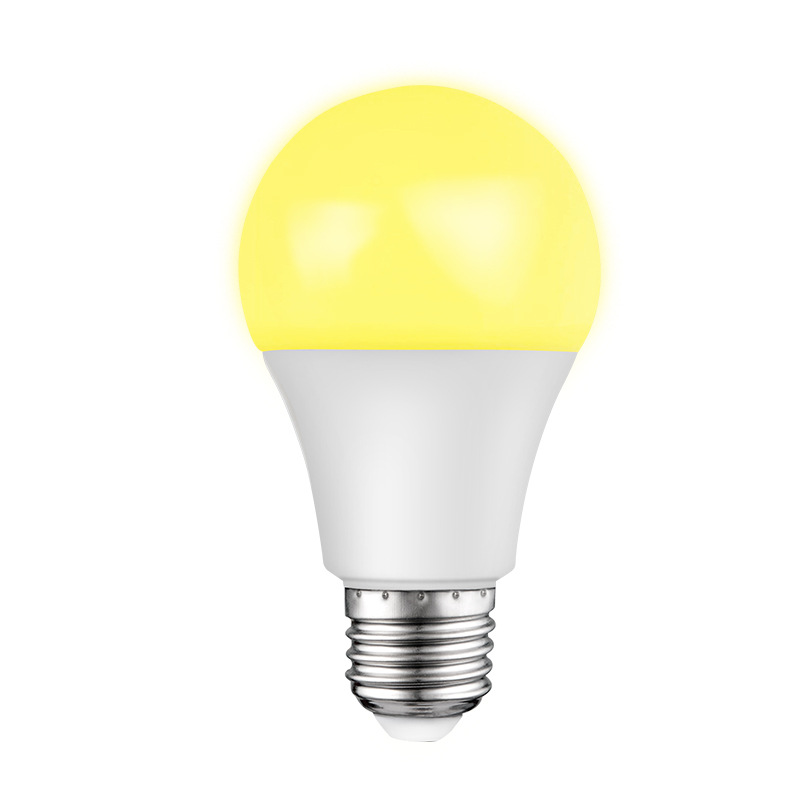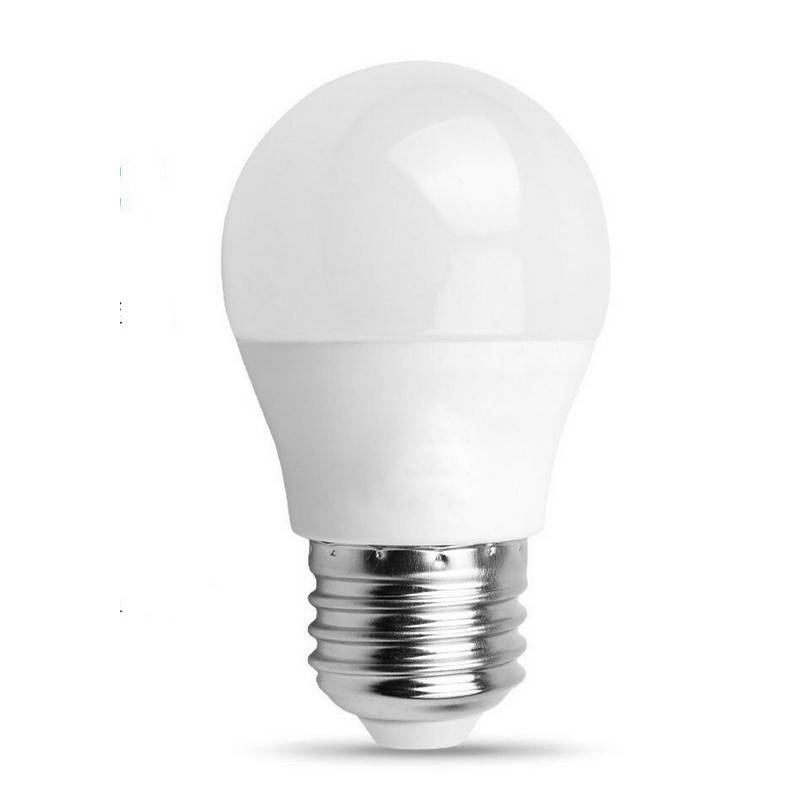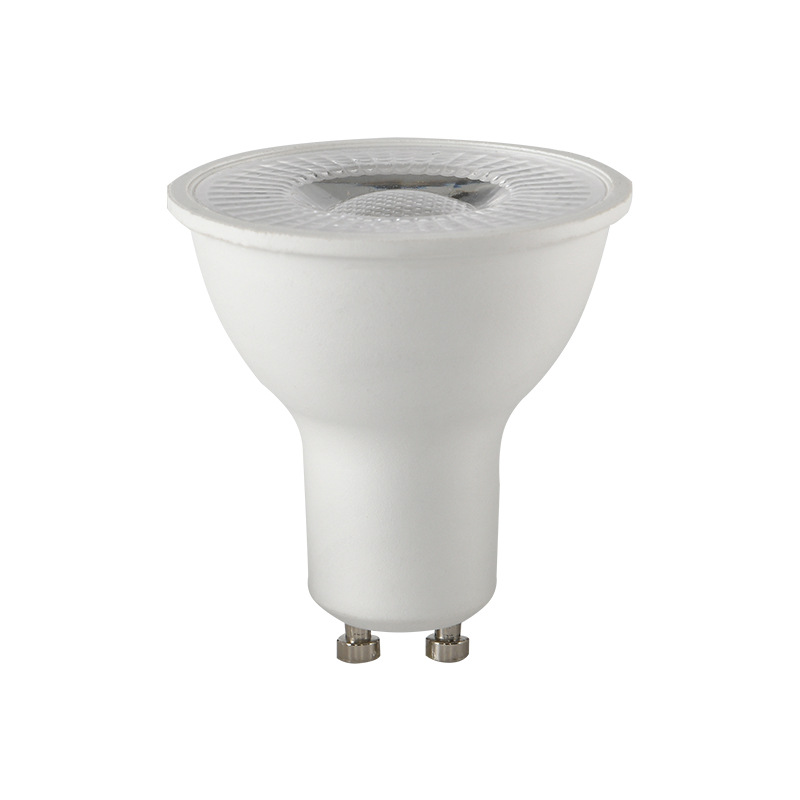Blue Light and Sleep Disruption: Risks and Solutions with Low-Blue-Light Bulbs
Blue Light and Sleep
Disruption: Risks and Solutions with Low-Blue-Light Bulbs
Introduction: The
Hidden Danger in Your Lighting
Are you aware that the light from devices and bulbs might harm your sleep?
Blue light from LEDs and screens has emerged as a significant disruptor of
healthy sleep patterns. This article delves into blue light’s impact on the
body and presents LEDbulb’s low-blue-light solutions for sleep and eye health.
Understanding Blue
Light: The Science Behind the Glow
Blue light spans 380 - 500nm in the visible spectrum, with 400 - 450nm
wavelengths being most concerning. While natural sunlight contains beneficial
blue light, artificial sources like LED bulbs, smartphones, and TVs emit
concentrated blue light, especially harmful at night.
The Proven Dangers of
Blue Light Exposure
Harvard research shows blue light suppresses melatonin by up to 85%,
delays sleep onset by 30 minutes, reduces REM sleep by 23%, and causes daytime
fatigue. The American Optometric Association reports 58% of adults experience
digital eye strain, with long - term exposure risking macular degeneration.
Nighttime blue light exposure disrupts the body's internal clock, increasing
risks of metabolic disorders, weight gain, and diabetes.
Introducing LEDbulb:
The Smarter Lighting Solution
Our low-blue-light bulbs offer LED benefits without harm: filtering 90% of
400 - 450nm harmful wavelengths, adjustable color from daylight to warm tones,
flicker - free operation, and 85% energy savings compared to incandescent
bulbs.
5 Ways to Protect
Yourself from Blue Light
1. Use LEDbulb in bedrooms and
evening spaces
2. Enable device night modes post
- sunset
3. Wear blue light glasses for
long screen time
4. Follow the 20 - 20 - 20 rule
5. Establish a screen - free
bedtime routine
Case Study: Real
Results with LEDbulb
A 2023 study of 150 participants showed 48% faster sleep onset, 50% better
sleep quality, and 23% increased morning alertness after using LEDbulb.
Frequently Asked
Questions
Q: Are all blue lights bad?
A: Daytime sunlight blue light is beneficial; artificial blue light at
night is problematic.
Q: How do LEDbulb products differ?
A: Our phosphor coating filters harmful wavelengths while maintaining good
light quality.
Q: Will the light look yellow?
A: No. High CRI (>90) ensures natural - looking light with reduced blue
emissions.
Conclusion: Take
Control of Your Light Environment
Managing blue light exposure is crucial for sleep and eye health. LEDbulb’s technology provides an effective solution. Visit [https://zonlighthk.com/LED_bulb-28/20.html] to browse low-blue-light bulbs and get a free lighting assessmen
 Blue Light and Sleep Disruption: Risks and Solutions with Low-Blue-Light Bulbs
Blue Light and Sleep Disruption: Risks and Solutions with Low-Blue-Light Bulbs
 The Ultimate Guide to Professional LED Lighting: From Core Parameters to Industry Applications
The Ultimate Guide to Professional LED Lighting: From Core Parameters to Industry Applications



